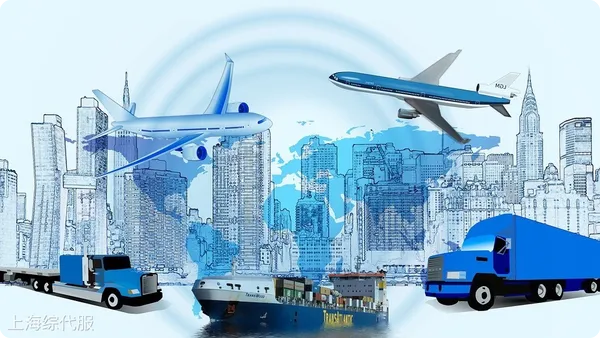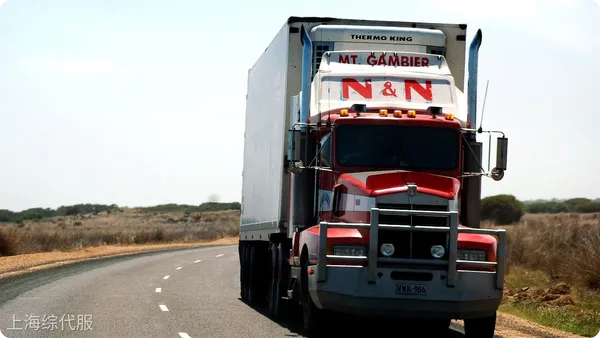In recent years, the global e-commerce market has continued to flourish, China as an important electronics producer and exporter, the scale of exports to South Korea is also growing steadily. From telecommunications equipment parts, scanning robots, body fat balances and other electronic products, to the emerging sensors and artificial intelligence chips, the Korean market demand for high-quality electronic products increases year by year.

Preparation for Export
Understanding market needs and related regulations, certification information
Before exporting, you must have a deep understanding of the needs of the Korean market, consumer preferences, and relevant laws and regulations and standards. Especially KC certification, which is the qualification that Korean electronics must have to ensure that products meet Korean technical specifications and safety standards. Only in compliance with these requirements can products be legally sold in the Korean market.
2. Contract Signing
Signing sales contracts with South Korean importers to clarify the terms of the name, specification, quantity, price, delivery time, payment method, transportation method, packaging requirements, quality standards and breach liability of goods to safeguard the legitimate rights and interests of both parties.
Preparation of relevant documents
Prepare commercial invoices, invoices, packaging documents, proof of origin and other documents, all of which must be submitted during the clearance process. If your products enjoy the preferential tariffs stipulated by the China-Korea Free Trade Agreement (FTA), be sure to submit the relevant proof of origin documents when importing and exporting customs.
b) Transportation links
Choosing a mode of transport
Depending on the number, weight, volume, urgency and transportation cost of the product, choose the right transportation method.
- The MaritimeSuitable for the transport of large quantities of goods, low cost but longer transport time.
- air transportSuitable for goods with high requirements for timing efficiency, fast but expensive.
- Delivery isSuitable for small batches, emergency goods, high timing efficiency and easy operation.
2. arrangement of transport insurance
Consider buying transportation insurance to reduce the risks that goods may face during transportation, such as loss, damage, etc. This is an important means of ensuring the safety of goods, especially inInternational logisticsInside is.

c) Export reporting
Preparation of customs documentation
- Customs reportingFill in accurate goods information, including product name, quantity, value, origin, etc.
- Relevant certificatesFor example, commercial invoices, packaging papers, invoices, commercial inspection reports, certificates of origin, etc.
2) Declaration and Audit
Enterprises can report to the customs either through agents or by themselves. Customs will review the declaration information and certificates, verify the details of the goods, and release them after confirmation of error.
Destination port clearance
Submission of clearing documents
After the goods arrive in South Korea, importers must submit clearance documents to the customs of South Korea, such as filings, commercial invoices, packaging documents, certificates of origin, quality inspection reports, etc. If the products have obtained FTA certificate of origin, you can also enjoy preferential policies such as tariff relief.
Customs Audit and Inspection
The Customs will review the declaration documents and, if necessary, inspect the goods to verify the authenticity, legality and compliance of the goods.
Payment of Customs
Importers are required to pay customs duties and other taxes in accordance with Korean customs regulations, and the tax rate depends on factors such as the type of products and the origin.
Delivery of goods
Upon completion of the clearance procedure, the goods will be delivered to the importer or its designated recipient and finally shipped to the designated place.

V. Attention points
KC certification
KC certification is a safety certification system implemented by South Korea for electronic electrical appliances and is crucial for exporting electronic products to South Korea.
- Compulsory safety certificationSuitable for high-risk electronics products, requiring type testing and factory inspection.The product must receive the KC logo before it can be sold in the Korean market.
- Voluntary safety confirmation of product certificationAppropriate for low-risk products, certified by type testing and safety declaration, the certificate is valid for 5 years.
Labels: Made in China
Electronic products exported to South Korea must be labeled MADE IN CHINA to ensure that the origin of the product is traceable and avoid unnecessary problems during the clearance process.
In terms of cleaning
South Korean clearance must be carried out through formal channels and there is no so-called grey clearance. Usually, clearance is not allowed in private names unless the person has property or business qualifications in South Korea.
Import Declaration Time
The import declaration can be made before the entry of the means of transport (known as the import declaration before the entry of the port) and the imported goods will be stored in the customs zone after arrival. The declaration time must be completed within 5 days before the ship arrives at the port or within 1 day before the aircraft arrives at the airport.
Protection of intellectual property
Avoiding the export of electronic products that violate Korean intellectual property rights, such as branded products, requires a brand license, otherwise it could be deducted by Korean customs.
Legal Compliance and Market Access
Safety certification and radio equipment certification
- Security certification (KC certification)Includes compulsory certification and self-disciplinary certification to ensure that products comply with South Korean safety and electromagnetic compatibility (EMC) standards.
- Radio equipment certificationIf the product has wireless communication capabilities (such as Wi-Fi, Bluetooth, etc.), it also requires radio device type certification from the Korean Radio Research Agency (RRA).
Electromagnetic compatibility and energy efficiency standards
- The EMC requirementsEnsure Electromagnetic Interference (EMI) and Interference Resistance (EMS) of electronic products meet Korean standards.
- Energy Efficiency StandardsCertain electronic products (such as TVs, air conditioners, etc.) must meet Korean energy efficiency standards and be labeled.
Labeling and instructions
Product labels and instructions must be in Korean, ensuring that consumers can clearly understand product information, including product names, manufacturer information, electrical parameters, methods of use and notices.
Import Procedures and Taxes
Importers must provide commercial invoices, packaging documents, proof of origin, KC certificate and other documents to the customs declaration, and determine the applicable tariff rate and value added tax according to the HS code.
Intellectual Property and Cultural Differences
Ensure that products do not violate the intellectual property of others and avoid the use of symbols or designs that may cause misunderstandings in Korean culture.In addition, understanding Korean business culture and customs and building good business relationships are also important factors for successful entry into the Korean market.
Conclusion
China Electronics exports to South Korea, despite certain processes and requirements, but as long as you are well prepared and strictly abide by South Korea’s laws and regulations and standards, you can smoothly explore the South Korean market. At the same time, as China and South Korea continue to deepen cooperation in the field of electronic products trade, the future will greater achievements in technological innovation and market expansion.


 Follow customer service WeChat
Follow customer service WeChat